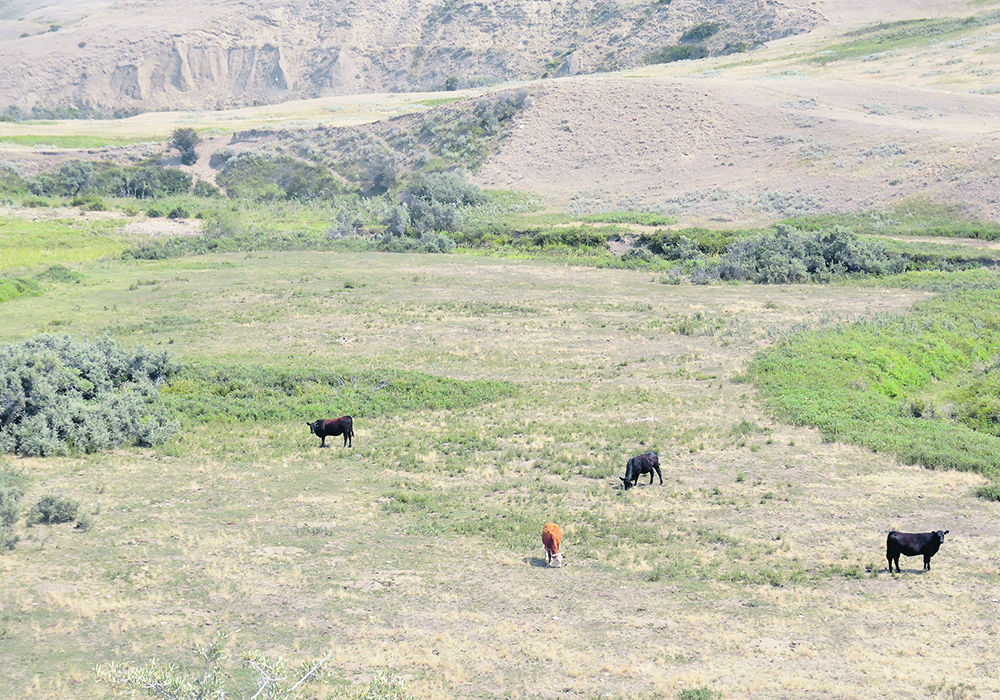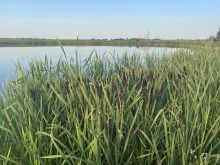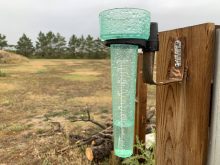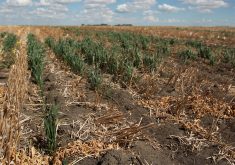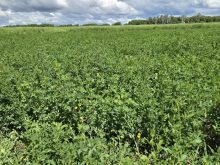More counties are expected to make the declaration as the impact of extremely dry weather continues to affect producers
A swath of Alberta continues to experience extremely dry conditions during what is traditionally the wettest time of year. Rainfall hasn’t fallen at all along an area of the southern portion of the province since the beginning of June.
Except for the Eastern Slopes of the Rocky Mountains and parts of the Milk River basin along the U.S. border, most of southern Alberta, stretching into parts of the central region, have received between zero and 50 millimetres of precipitation since June 6.
Parts of the County of Newell, the Municipal District of Acadia and Cypress County are experiencing once-in-50-year lows in precipitation.
Read Also

Gene editing digs deeper space in Canadian plant breeding
More Canadian research into crop variety development is incorporating gene editing, and one researcher notes that Canada’s regulatory approach to gene editing will help drive innovation
Cypress County is the latest rural municipality to declare a state of agricultural disaster during the first week of July, following declarations by Camrose, Vulcan and Foothills counties in June. More counties are expected to make similar declarations as the situation worsens.
Cypress County councillor Shane Hok said much of the municipality hasn’t seen more than 15 millimetres of precipitation since the snow melted in April and now the grasshoppers have moved in, stripping off whatever has grown and are now damaging trees.
“They even ate the rhubarb,” said Hok.
Much of the southern portion of the county is irrigated and the portions around Cypress Hills have benefited from snowmelt, but the pastures east and north of Medicine Hat are being walloped by the heat.
He said he hopes the government will step in to provide relief to the agricultural sector hit yet again with stifling conditions.
That includes a repeat of what happened in 2021 with tax deferments for ranchers forced to sell off livestock due to lack of feed.
Hok said conditions are worse than those in drought-stricken 2021.
“Every day, the bare spots keep getting bigger and bigger as the grasshoppers keep moving in and a lot of it is headed out — there is nothing in the heads. It’s a writeoff,” said Hok.
The response to the situation from Alberta Agriculture Minister RJ Sigurdson has so far been muted since he took the helm of the department in early June. Sigurdson has yet to provide an interview to The Western Producer despite multiple requests over four weeks, while also holding no media availabilities.
A statement from the agriculture ministry said the situation regarding the lack of moisture in parts of Alberta remains a top priority and the department is looking into options to aid farmers. It also encourages producers to look at risk management options provided by Agriculture Financial Services Corp.
That’s not good enough, said NDP MLA and opposition agriculture critic Heather Sweet.
Not when the provincial and federal agriculture ministers are both in Calgary for the Stampede and while northern producers are reeling from the spring wildfires and southern producers are struggling with dry conditions, she said.
Sweet said she’s calling for provincial and federal ag ministers to come up with an aid plan to help Alberta producers by the end of the first week of the Calgary Stampede, which runs July 7-16.
“Alberta farmers and ranchers deserve some assurance that the damage sustained to their operations will be offset with some real disaster relief,” said Sweet. “Instead of stepping up when they are needed, the government says that private insurance should be used first and to look at risk management packages offered by various groups.”
Sweet said that while the provincial and federal agriculture ministers are flipping pancakes and getting pictures taken, “they are not talking to producers.”
She added that joint-jurisdiction aid programs like AgriRecovery and AgriStability require the provincial government to request them, “and, as of right now, the minister hasn’t had any conversations in requesting that assistance for our producers.”
Dry conditions are forecast to continue through mid-July across southern Alberta.


